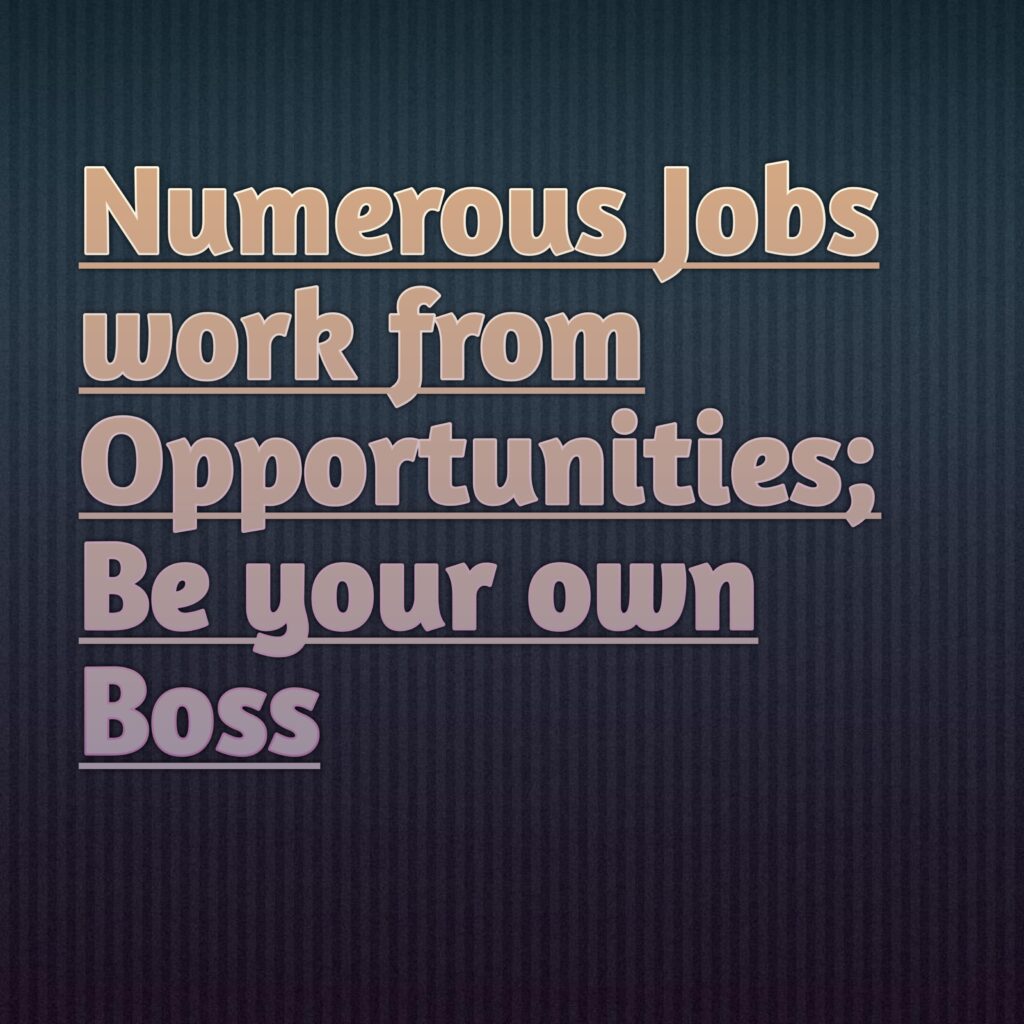
Table of Contents
Introduction
Work-life balance is a delicate equilibrium that professionals strive to achieve in their fast-paced and demanding careers. Balancing personal commitments and professional responsibilities can be challenging, but it is crucial for overall well-being and sustained success.
Acheiving a Work-life Balance
In this article, we will explore the significance of work-life balance and provide 6 practical strategies to help you find harmony between your personal and professional life. From setting boundaries to embracing self-care, these 6 tips will empower you to lead a fulfilling and purpose-driven life while excelling in your career.
1. Understanding the Importance of Work-Life Balance
Work-life balance is essential for maintaining mental, physical, and emotional well-being. Striking the right balance enables you to thrive both professionally and personally. When you neglect your personal life for work, burnout, stress, and diminished productivity can result. Conversely, personal fulfilment and quality time outside of work positively impact job satisfaction and performance. Recognize that work-life balance is not about dividing time equally; it is about prioritizing and allocating time and energy according to your values and priorities.
2. Setting Boundaries:
Establishing clear boundaries between work and personal life is crucial for achieving work-life balance. Define specific working hours and adhere to them consistently. Resist the temptation to check work emails or respond to calls outside of designated hours. Likewise, protect your personal time by avoiding distractions from work-related matters during off-hours. Communicate your boundaries to colleagues and supervisors, setting expectations for availability and response times. By setting boundaries, you create space for both professional excellence and personal well-being.
3. Prioritizing Self-Care:
Self-care is a cornerstone of work-life balance. Dedicate time for activities that recharge and rejuvenate you, such as exercise, meditation, hobbies, or spending time with loved ones. Take regular breaks throughout the workday to refresh your mind and prevent burnout. Prioritize adequate sleep and maintain a healthy lifestyle. By nourishing yourself physically, mentally, and emotionally, you enhance your overall well-being and become better equipped to handle life’s challenges.
4. Utilizing Flexibility and Remote Work:
Advancements in technology have enabled greater flexibility in the workplace. If possible, explore opportunities for remote work or flexible schedules. Working from home, even for a few days a week, can reduce commuting time and offer a better work-life balance. Embrace technology tools that enable seamless collaboration with colleagues regardless of location. Employers are increasingly recognizing the value of work-life balance, and many are open to discussing flexible work arrangements.
5. Delegate and Prioritize Tasks:
Learn to delegate tasks at work and in your personal life to lighten your workload. Identify non-essential tasks that can be assigned to others, allowing you to focus on high-priority responsibilities. Be strategic in prioritizing tasks to ensure that you allocate time to what truly matters. Setting realistic expectations and managing your time efficiently will lead to greater productivity and a better balance between work and personal commitments.
6. Embracing the Power of Saying No:
Saying no is an essential skill for achieving work-life balance. Be selective about taking on additional commitments if they encroach upon your personal time. Politely decline projects or social invitations when they conflict with your values and priorities. By learning to say no when necessary, you preserve your time and energy for what truly matters, both personally and professionally.
Conclusion:
Work-life balance is an ongoing journey of self-awareness and intentional choices. By understanding its importance, setting boundaries, prioritizing self-care, utilizing flexibility, delegating tasks, and embracing the power of saying no, you can create harmony in your personal and professional life. Striving for work-life balance not only benefits your well-being but also enhances your effectiveness and satisfaction in both spheres. Remember, achieving balance is unique to each individual, so tailor your approach to align with your values and aspirations for a fulfilling and purpose-driven life.
For more tips on balancing work and life, read this article from Coursera.
Click here for more Career Opportunities.





